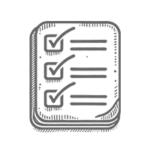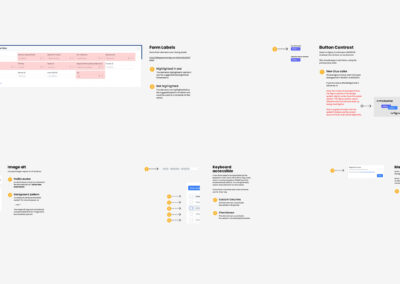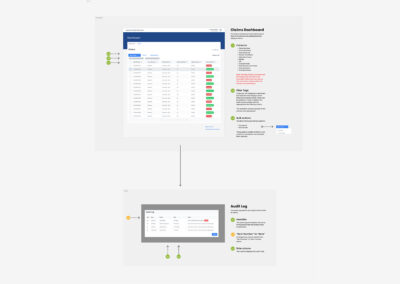Centene Recovery Platform
Leading a $40 million dollar Initiative to solve Insurance-hospital communication
Lead Product Designer
Consultation
Facilitation
Web App
Internal Software
Hybrid Product Team
Agile
Scrum
Duration
20 Months

Project Overview
American Healthcare in a Nutshell
The American healthcare system stands out for its myriad challenges and shortcomings when compared to other developed nations. Struggling with issues of accessibility, affordability, and equity, it lags behind other systems in providing comprehensive care. Despite the high cost, the U.S. ranks last in healthcare quality among developed nations.
Who is Centene?
Centene Corporation is a leading healthcare enterprise specializing in government-sponsored and commercial healthcare programs, including Medicaid, Medicare, and marketplace insurance plans. As of writing this, Centene is listed as number 22 on Fortune 500 with 74,000+ employees.
The Problem
When a patient is discharged, the hospital sends a single claim to the insurance company, which reviews coverage and calculates costs. Since claim validation often exceeds the payment deadline, insurance companies overpay hospitals to ensure uninterrupted care. Once the claim is validated, the insurance recoups any overpayment by billing the hospital for a refund. This process is time-consuming, prone to error, and ultimately leads to higher patient costs.
It takes two to four months to process recoveries in our current environment.
Every claim is overpaid by design. That’s just how the current system works.
The current process is costing us $34 million dollars annually.
We heavily rely on 3rd party vendors to manage this process for us.
 Medical Bills are the #1 cause of bankruptcy in the US.
Medical Bills are the #1 cause of bankruptcy in the US.
 1 in 4 Americans have medical debt.
1 in 4 Americans have medical debt.
 The average ER visit can cost more than a month’s rent.
The average ER visit can cost more than a month’s rent.
 The healthcare industry spent $568 million on lobbying in 2020.
The healthcare industry spent $568 million on lobbying in 2020.
 Over 28 million Americans are uninsured.
Over 28 million Americans are uninsured.
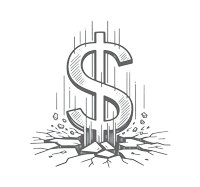 Healthcare costs grow about 5.7% each year.
Healthcare costs grow about 5.7% each year.
Goals
Outcome #1
Increased claim validation speed, minimized claim errors, and simplified the refund calculation process.
Outcome #2
Decommissioned Palantir, the software previously used to organize claim processes, communication, and analysis.
Building A Team
Alignment
New product teams come with a myriad of hurdles. With the complexity of this project and a 35+ product team, it was clear we were going to need additional attention to team communication, scale, and process.
Process
As the sole product designer on the project, I led and facilitated a hybrid product team through a lean, iterative approach to product development. This process included the introduction of dual track agile enabling the team to break down the project into smaller pieces.
Introduced Dual-Track Agile
With multiple development teams assigned to this project and a focus on a Agile, I introduced the team to a Dual Track Agile framework. Dual Track Agile enables an entire team—design and development—to have a consistent workload without having to wait for the next handoff to continue building toward an MVP.

Building Alignment
Product Canvas
Research began by facilitating a product canvas with key stakeholders on our team. The goal is to better understand areas of focus, gain team alignment, and build momentum with all parties moving forward with the same level of understanding.
This process narrows down the main objective, business goals, users, and user needs.
Common Themes
Manual Effort
The majority of the process exists in Microsoft Excel and requires manual entry.
Hand-off Centric
The current process involves dozens of stakeholders, each requiring touchpoints along the process.
Error Prone
The process is easily susceptible to error. When mistakes occur, the friction of resolving them is high.
Slow & Opaque
Each portion of the process requires stakeholder sign-off. In some instances, this can take months.
Prioritizing Effort




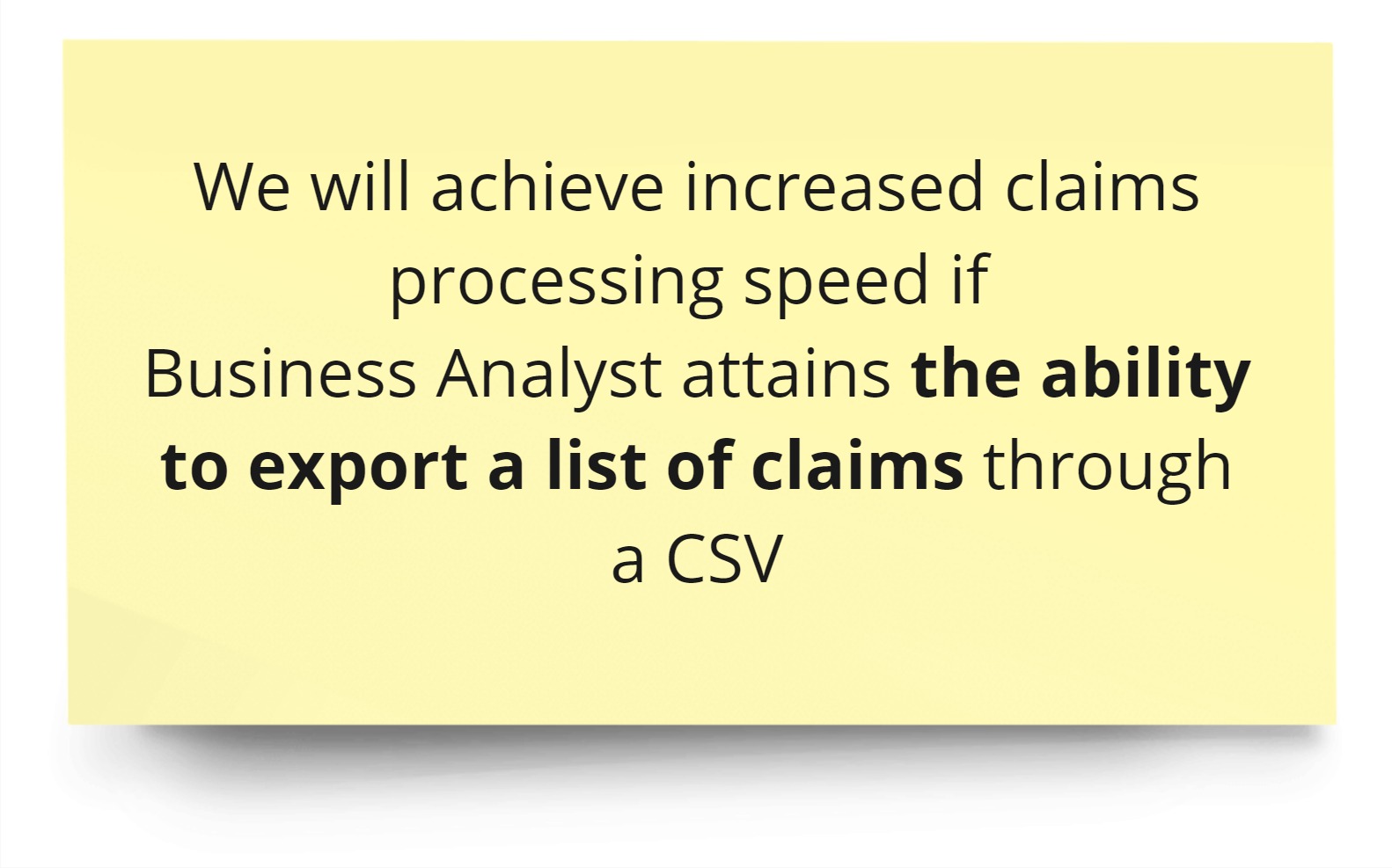

Hypothesis Prioritization
To maintain communication among all stakeholders, I facilitated a team-wide Hypothesis Prioritization workshop to prioritize which hypotheses in the previous step should be the focus of effort for the upcoming iteration.
In this exercise, product owners and various stakeholders are able to debate the value of each outcome. Once value is determined, developers and engineers can estimate the amount of effort for each proposed solution.
Where We’re At So Far
Team Alignment
- Agreement on a main objective
- Agreement target audience
- Agreement on friction points
Starting Momentum
- Communication with all stakeholders
- Prioritized features for the first iteration
- Potential backlog for future iterations
Success Criteria
- Understanding of prioritization
- Understanding of desired impact
- Understanding of potential solutions
Design
Choosing a Design System
The team chose PrimeReact, an open-sourced, federated design system to meet our constraints with tech stack, legal, and maintenance requirements. This system excels at presenting and manipulating data—a mechanic paramount to our users’ workflows.
Defining the MVP
A loose MVP was defined and a rough timeline created. Moving forward, each iteration should be a step closer toward that MVP.
High-Fidelity Iteration
Based on our two-week sprint cycles and values of a lean, agile workflow, value of effort is better spent on quick, high-fidelity mockups over wireframes.
To communicate iterations and effort, we use a process called Slicing.
Iteration #1
Slice 1: Dashboard and Claim View
The first iteration of the Centene Recovery Platform prioritizes building momentum. This slice enables users to view the database of claims and claim details, solving the agreed upon hypotheses while building a foundation for the entire application moving forward.
Test and Measure
To validate the momentum of this iteration, I demo with various stakeholders and users to challenge if the output drives toward the intended outcome. Upon validation, the intended outcomes and built features are documented enabling any stakeholder to quickly see how the application has progressed and what effort is currently being prioritized.
Feedback was gathered in preparation for the next iteration of effort.
I need to see the history behind the claim, the story it has gone through, and the decision-making that has been made along the way.
Would love to not have to open Amysis, Excellis, or other applications. It would be great to be able to see everything in one place.
I hate emails. We get far too many of them and things are getting lost.
A big part of this process is vendor management — who gets what and how much. Looking at trend data has helped in the past but we could use deeper analytics.
Iteration #2
Slice 2: Filter, Search, and Additional Dashboard Columns
Additional functionality is added with the intention of solving the next prioritized outcomes.
Test and Measure
Iterations continued to be demoed and tested with stakeholders and users. In more dramatic iterations, usability tests are created to formalize and measure understanding.
1.5 Years Later
31
Developed Iterations
182
Hypotheses Tested
125
Hypotheses Developed
64
Usability Tests
35
Unique Personas
49
Formalized Business Goals
207
Formalized User Needs
53
Outcomes Delivered
Next Steps
Function Before Form
Because this product is working toward its MVP launch, every iteration above prioritizes functionality over form. While this application is perfectly functional and succeeds at decommissioning our previous software, there are still many opportunities for improvement.
As this project continues, we’ll continue to prioritize and tackle outcomes, improve the quality of life by addressing user needs, and reinforce our business goals by targeting specific impact.














